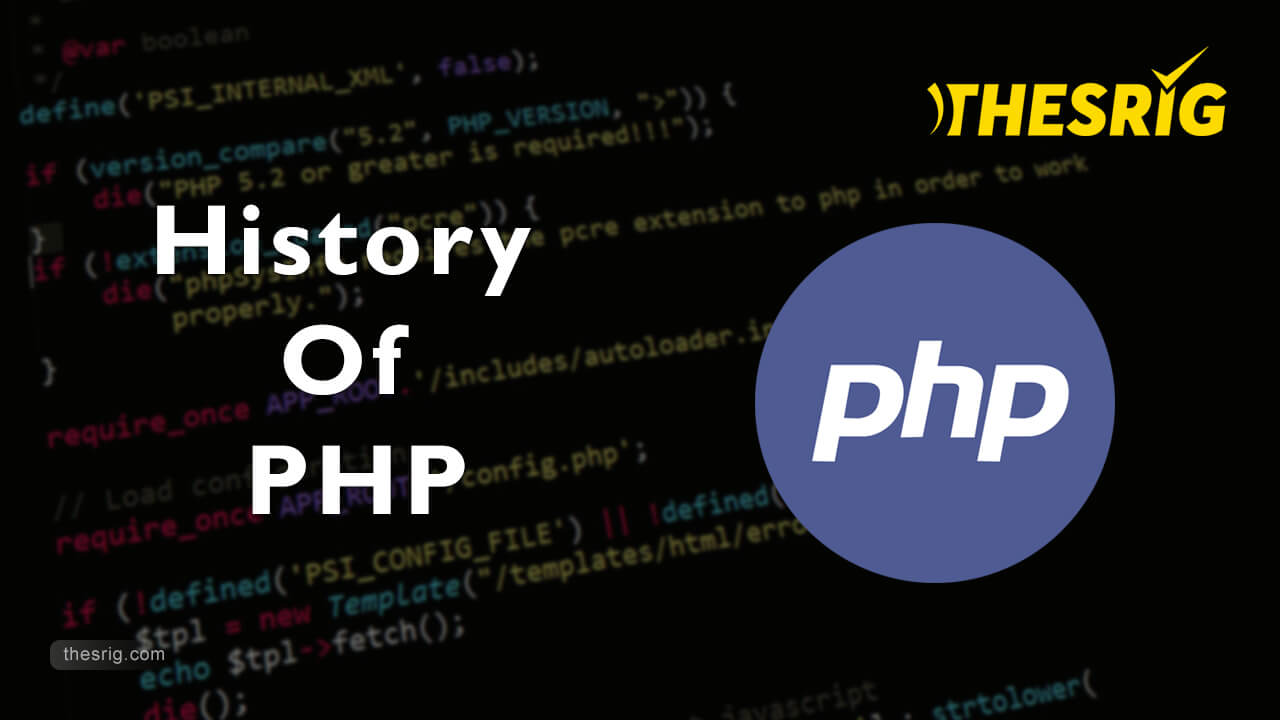
AngularJS is a JavaScript-based open-source front-end web application framework developed and maintained by Google. Here’s a brief history of AngularJS:
- 2010 – Creation by Misko Hevery and Adam Abrons:
- AngularJS was initially developed by Misko Hevery and Adam Abrons at Google. Misko Hevery later revealed that the framework was built to address challenges in developing dynamic web applications.
- 2010 – Announcement and Release of AngularJS 0.9:
- AngularJS was officially announced by Google in October 2010. The first version, AngularJS 0.9, was released shortly after. It introduced basic features like data binding and dependency injection.
- 2012 – Version 1.0 Release:
- AngularJS 1.0 was officially released in June 2012. It marked a stable version and gained significant attention from the developer community for its declarative approach to building web applications.
- 2013 – Adoption and Growth:
- AngularJS gained rapid adoption and became popular among developers due to its flexibility, modularity, and the ability to create Single Page Applications (SPAs).
- 2014 – Introduction of AngularJS 2.0 Concept:
- In 2014, Google announced plans for AngularJS 2.0, a major rewrite of the framework. This version aimed to address certain limitations and provide improved performance.
- 2016 – Release of Angular 2.0 (Angular):
- Angular 2.0 was officially released in September 2016. However, it was a complete rewrite and was significantly different from AngularJS, causing a degree of disruption for developers.
- 2016 – Adoption of Angular (Angular 2+):
- Following the release of Angular 2.0, subsequent versions were released as Angular (without the “JS” in the name). These versions included Angular 4, Angular 5, and so on. The adoption of TypeScript, a superset of JavaScript, became a standard for Angular development.
- 2019 – Introduction of Angular Ivy:
- Angular Ivy, the next-generation compilation and rendering pipeline, was introduced as an opt-in preview in Angular 8 and later became the default in Angular 9. Ivy aimed to improve performance and developer experience.
- Ongoing Development:
- Angular continues to receive regular updates and improvements. The Angular team at Google actively maintains and enhances the framework, addressing community feedback and evolving industry standards.
Angular has established itself as a powerful framework for building complex, scalable, and maintainable web applications. While the transition from AngularJS to Angular 2 caused some challenges, the subsequent versions have solidified Angular’s position as a leading front-end development framework.












COMMENTS